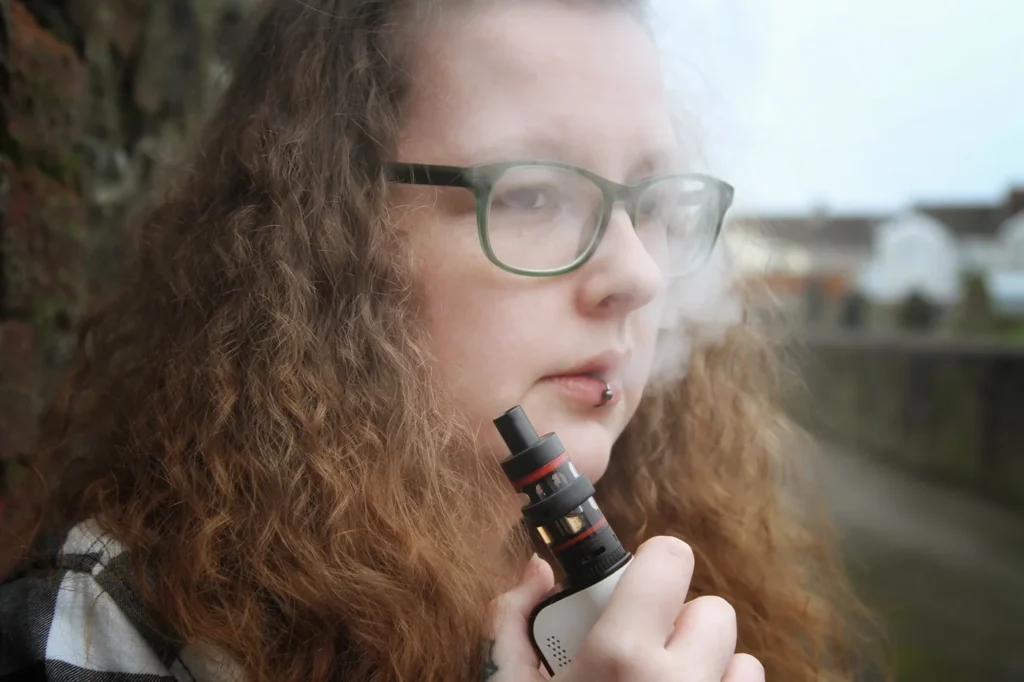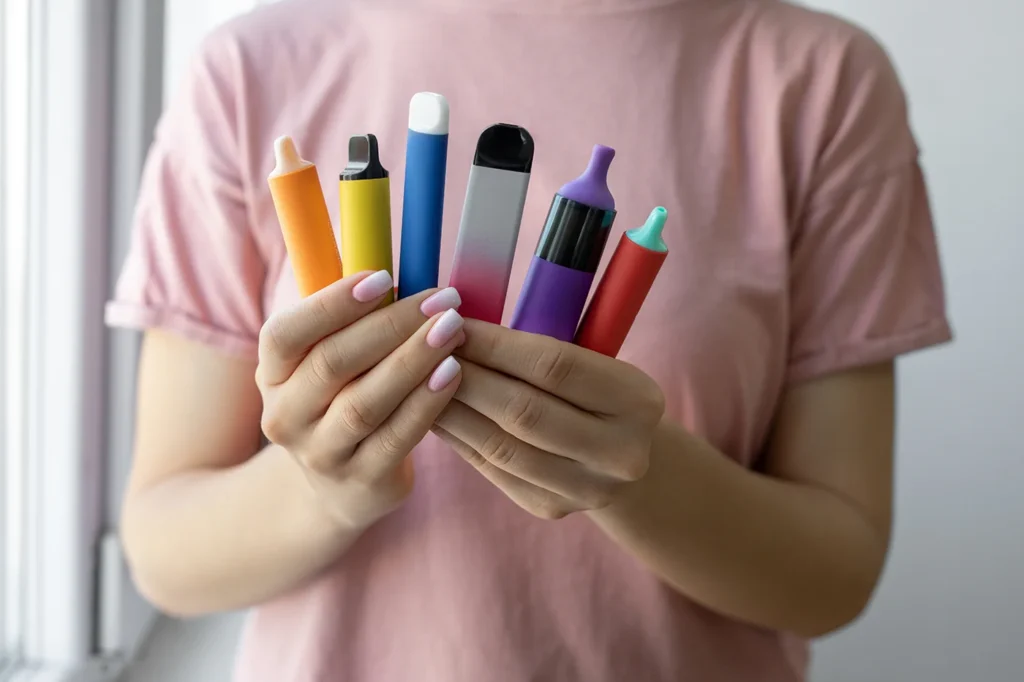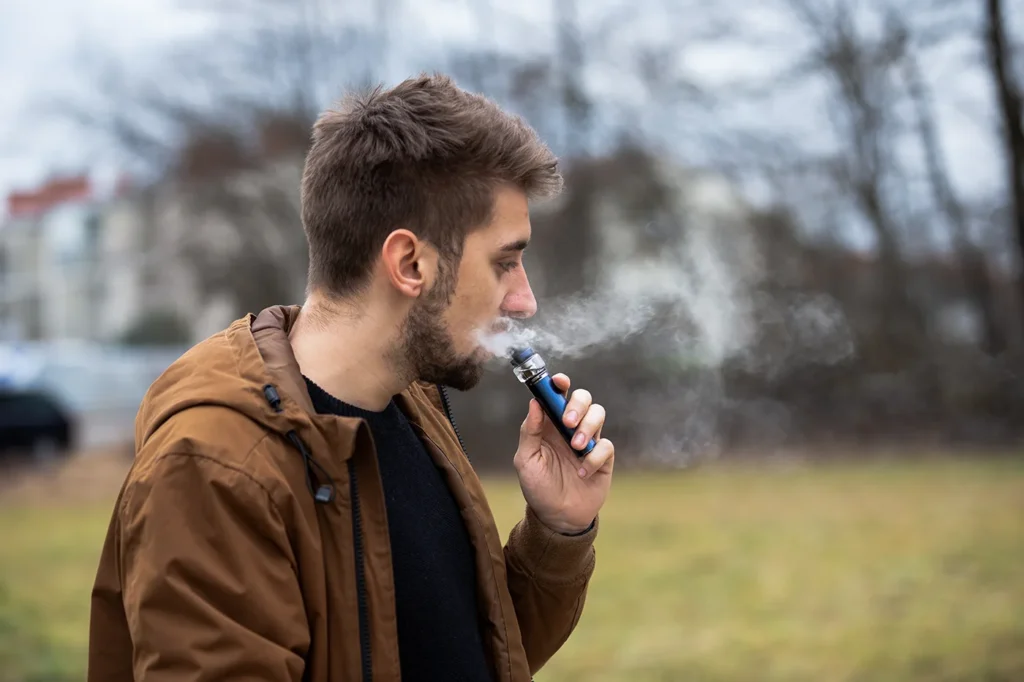Quit vaping guide for parents and carers


Tips to support young people
With vaping becoming more common among young people, many parents and carers have questions about its effects and risks. This guide provides clear information on what vaping is and practical tips to help you navigate conversations about vaping to support healthy choices.

What are vapes and e-cigarettes
They are devices that heat a liquid (known as e-liquid) for the user to inhale. Unlike traditional cigarettes, vapes don’t burn tobacco or produce tar and carbon monoxide, two of the most harmful components of tobacco smoke. They can be in the form of e-cigarettes, vape pens, a box mod or vape pod.

What is e-liquid?
E-liquid is the substance that users inhale and exhale when vaping. It usually contains propylene glycol (a sweet, thin liquid) and vegetable glycerine (clear and tasteless), that provide a base for vapour. They may also have flavourings like strawberry, tobacco, or lemonade. Nicotine is often included, with 0% nicotine options available.
In the UK, only regulated e-liquids are legally sold, ensuring quality and safety.
Are e-cigarettes safe?
Research, including Public Health England’s review, shows that e-cigarettes are 95% less harmful than smoking. Although not risk-free, regulated vaping can aid people in quitting smoking. However, it’s essential to avoid unregulated or homemade e-liquids for safety.
What is the legal age for vaping in the UK?
Individuals must be 18 or older to buy vapes or e-liquids. It’s also illegal for anyone to buy vaping products on behalf of minors. If you’re aware of sales to under-18s, you can report it via Citizen’s Advice portal or Keep It Out reporting form.
Tips for supporting young people to quit vaping
Open communication
Let them share their feelings and reasons for vaping without interruption.
Explore emotions
They may vape to cope with stress, anxiety, or other emotions. Support them in seeking healthier coping methods.
List benefits of quitting
List benefits of quitting: help them identify why they want to quit and revisit this list for motivation. Read more about the benefits.
Set a quit date
Choose a specific quit date, prepare together, and consider using substitutes like gum or mints.
Keep hands busy
Offer fidget tools or puzzles to manage cravings.
Stay active
Encourage activities like biking or swimming as healthy distractions.
Consider nicotine replacement therapy (NRT)
Talk to your local pharmacy about the different options. Read more about NRT.
Find support
Further support about quitting smoking and vaping for young people, can be found on the Everything OK website. A website designed for young people, to support their thoughts, feelings and staying safe.
Please note, our service does not currently provide support to stop vaping (unless you are using or about to start using home oxygen), however, we have a self-help guide to help you quit, advice for young people and guidance for parents and carers.